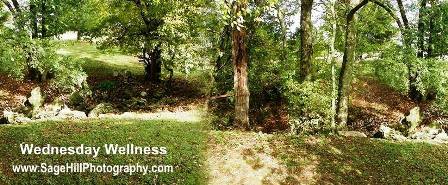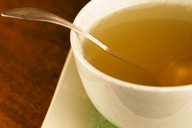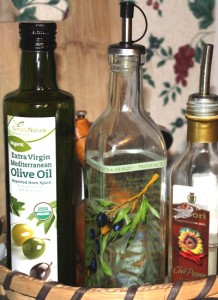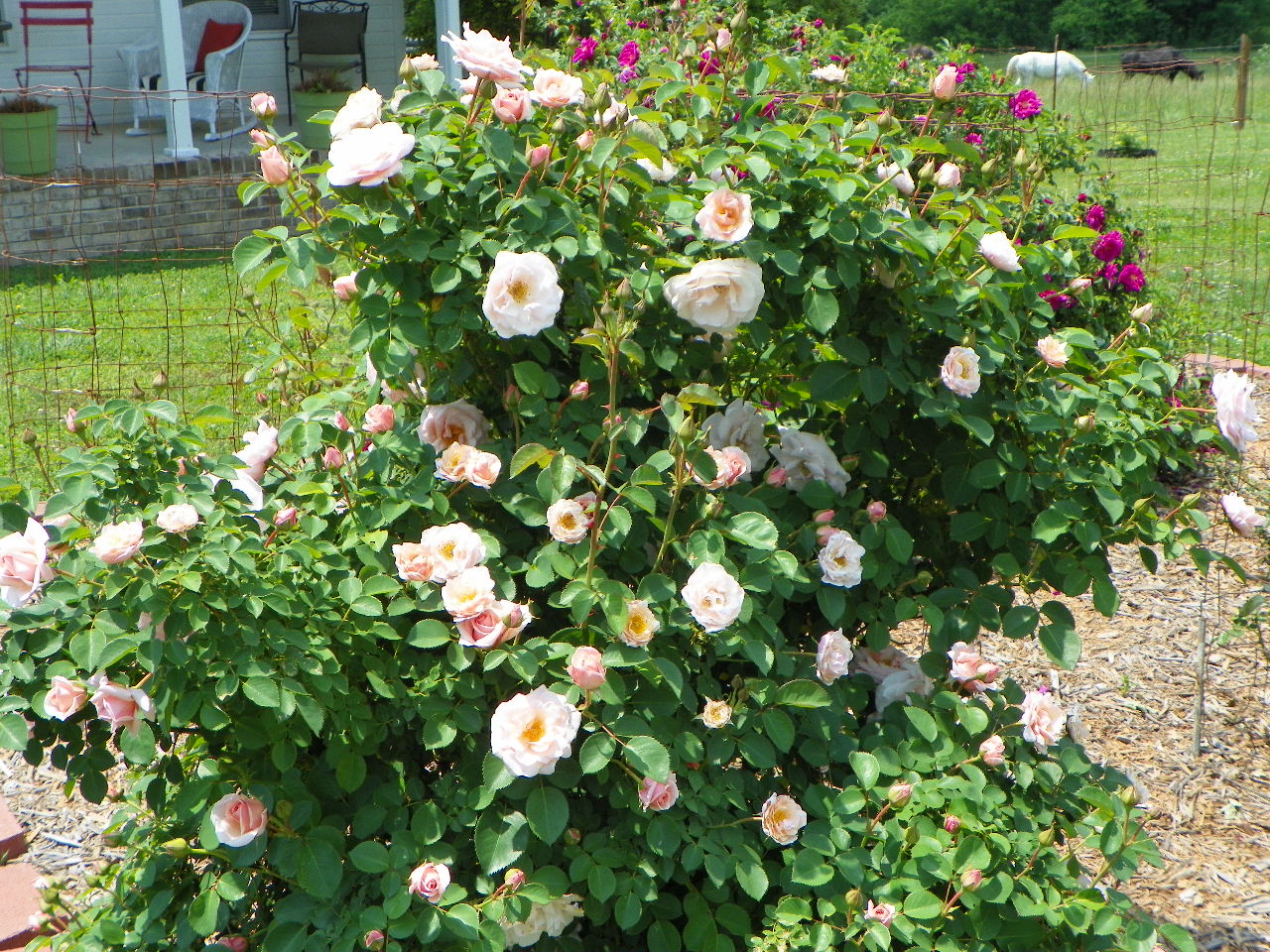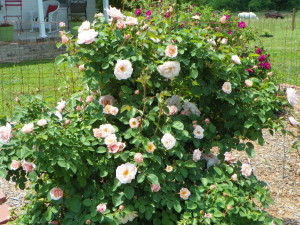Herb Gardens in Small Places~
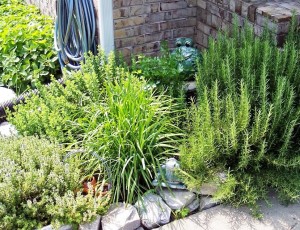
~
Small spaces can bring a bounty of herbs and vegetables.So…if you are thinking you don’t have room to grow herbs or your own garden…think again…outside the box.
Most edible plants do very well in somewhat crowded surroundings.
In a small 4X8(or smaller)raised bed you can have a tomato plant or two, a basil plant, a chive, a dill, a thyme and maybe even a sage or oregano plant.
The key is keeping the bed clean and free of weeds and training your plants to grow up and not out.
Tomatoes can be caged or made to grow up a heavy string trellis.
Basil and other herb plants have to be pinched back and trained to grow tall and not bushy.
Chives will spread from the root, so to keep them at a desired size just dig and divide the clumps two or three times during the growing season.
If you don’t have extra yard space to transplant them to, use a large container such as #2 wash tub or any sturdy outside pot.
Chives make lovely little potted gifts for those times when just a little note of appreciation is welcomed.
This is the time to be working your compost, either making your own or just mixing the best of what you can find in garden centers.
A great mineral to add to your compost or garden soils is “Azomite” a natural product of volcanic ash. Check with your local agricultural office about where you can find this product in your area. It can be ordered from a company in Utah, but, unless you need a large amount is very expensive to purchase this way.
To a most successful year of gardening~






